
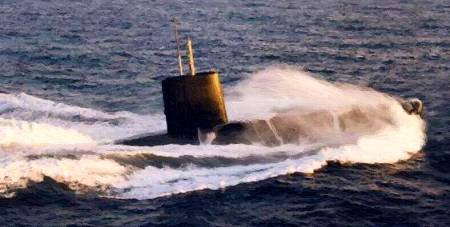


HMS Otus, Norwegian Fjords HMS Valiant, on the ledge.....
As a Lieutenant List One RNR, I qualified as a Submariner and served in HMS Otus, then graduated from Sir John Cass London as a Master Mariner, Class 1, Foreign Going.

ss Chusan
Leaving the P&O in 1972, as First Officer of the SS Chusan, I got married, and embarked on Nuclear Submarine training at RNC Greenwich, before joining HMS Valiant for sea time.

This was followed by a year with Norcontrol of Norway working on the development, design and marketing of computerised integrated bridge and engine control systems for Mobil tankers and Ben Line container ships.
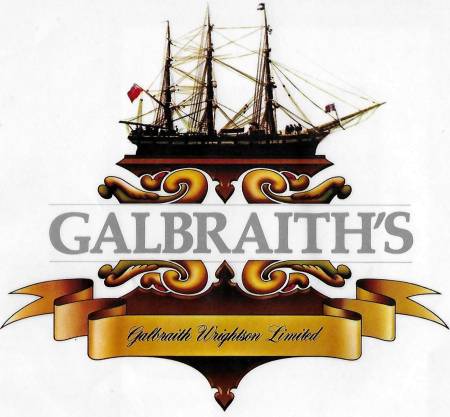
I was awarded the Galbraith Wrightson Senior Research Fellowship in March 1974 and joined the Department of Maritime Studies, researching the evolution and operation of manned submersibles in the offshore industries. Monday's were spent in Galbraith's Finance & Research Department at One Aldgate, driving the 215 miles to Plymouth each evening, in my trusty old MGB Roadster.

![]()
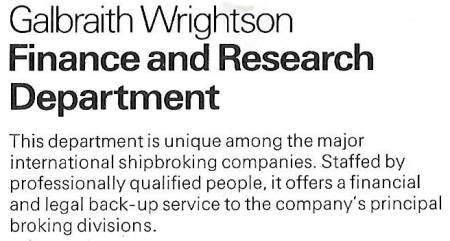

In addition to my research project, I lectured on navigation and underwater vehicle design, for a couple of hours a week, in the Maritime Studies, Hydrographic Survey & Oceanography Departments.

International Submarine Services Marseille, France
I first met InterSub's charismatic founder and Managing Director, Jean-Francois Durand, at BP's London HQ, where we each delivered a talk on the operation of manned submarines - mini-subs. Shortly afterwards, he invited me down to Marseille to meet the team, which included his charming wife Claudine, who managed the Company's Public Relations. Operating from the ground floor of their small chateau, overlooking the harbour of Estaque, it was a hive of activity.
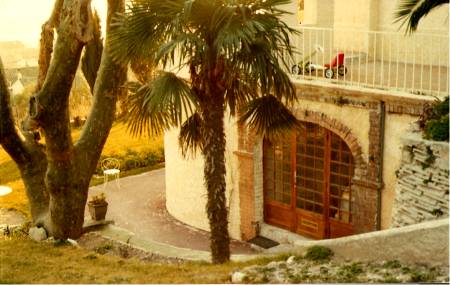


My research fellowship at Plymouth enabled me to spend time with the newly emergent submarine companies operating in support of offshore oil and gas - Vickers Oceanics, P&O Subsea, and now, the most innovative of all -InterSub. Monsieur Durand, the company founder and managing director, known throughout the Company as JFD, invited me to spend a few weeks at sea onboard the French flag submarine support ship, Le Nadir, engaged on a bathymetric survey on the Frigg Gas Field, 140 nautical miles north-west of Stavanger, between the continental shelves of the UK and Norway. She was operating the US Perry-built minisub PC8B, surveying the seabed prior to the positioning of a production platform.
I flew to Stavanger and a helicopter ride took me out to the ship. My cabin was the 'Chef de Mission', complete with an en suite - something I had never experienced in my P&O days - and being a French ship, the cuisine was excellent and the wine superb - with red, white and rose on tap 24/7. Many of the crew were ex French Navy, where a litre of wine per man per day was the norm - or at least that's what they told me.

The ship was on charter from Compagnie Generale Transatlantique, and the captain and deck officers were all formerly employed aboard the pride of the French merchant fleet - the luxury liner La France. Needless to say, bridge procedures were more akin to my P&O days than the North Sea!

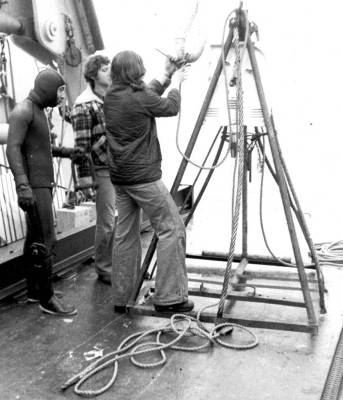
Once we laid transponders, the area was calibrated, which involved PC8B 'visiting' each transponder on the seabed and calibrating a grid, at the centre of which was a tide gauge.

The Frigg Field is fairly shallow, about 330 feet. The submarine pilot, George Bezak, gave me a brief on using the acoustic navigation and we launched into a moderate sea, with Nadir pitching gently as we approached the dive site.
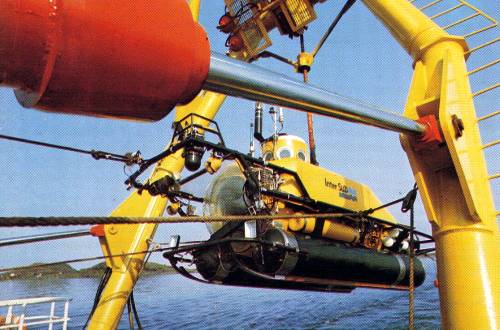
'Topside - Diving now, diving now,' reported Bezak, in a laconic mid-western drawl. A very experienced submarine pilot, who had learned his trade in the Gulf of Mexico, he opened the main vents and we gently slipped beneath the surface, drifting gently down to the North Sea floor, touching down in a cloud of sand and silt, and surrounded by inquisitive cod.
JFD arrived on board and spent several days checking and re-checking the bathymetry - it was an important contract and the positioning and installation of a large production platform depended on our accuracy.
The original DP1 (Drilling Platform 1) steel structure, built in France, had been damaged during installation in October and remained on location where it sank and was scheduled to be replaced by CDP1, a concrete gravityplatform, built in the UK, for the drilling and production of natural gas. DP1 was to have been the first platform in the Frigg field. The contract to design the platform was given to the American company McDermott, with construction at Cherbourg in France. However, the installation of the platform proved to be troublesome, and after repeated attempts to salvage it, it was abandoned.
Once the underwater survey data was passed to the client, Elf Aquitaine of France, glacier boulders, some a metre or more in diameter, were blown apart using shaped charges positioned by the submarine, with any rubble being dragged out of the area by chartered Scottish fishing boats.

'Boulder Blaster' shaped charges by Lindquist of Sweden, attached to PC8B, were detonated from the surface, via primacord and detonators.
One particularly large boulder was blasted with three shaped charges, and following the underwater explosion, a number of dead cod drifted to the surface - much to the delight of the galley! George Bezak and I dived the sub to take a look, only to discover that the boulder appeared cracked, but otherwise intact.
A sharp lance-like prod with the sub's manipulator, and the whole thing imploded in on itself and disappeared in a cloud of fragments.
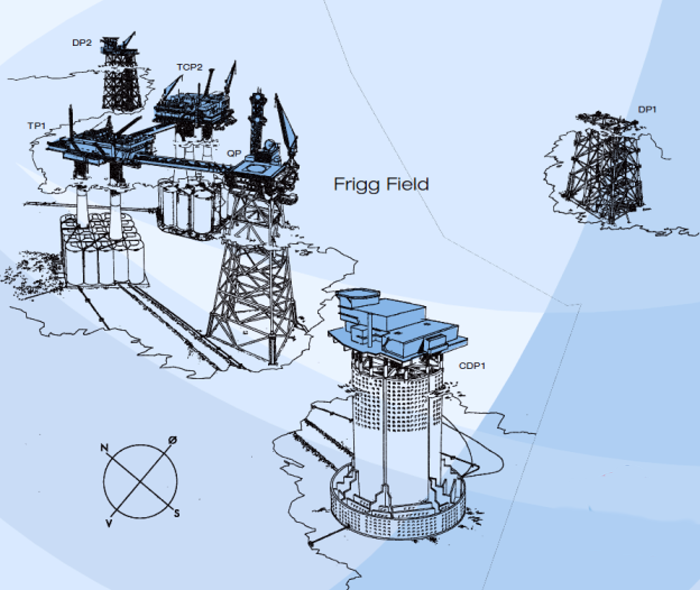
A sketch of the completed steel and concrete structures on the Frigg Field, with the abandoned DP1 at the top right.
Plymouth seemed tame after the excitement of Nadir and PC8B - then the telephone in my tiny office rang and JFD came on the line. "How much are they paying you?" he enquired, coming straight to the point.
"Ten thousand pounds," I replied. He whistled through his teeth, before I added, "That's for the whole three years."
"So, if I offered you six-thousand pounds a year, that would be about double what you are earning?"
The deal was done: I submitted my thesis and headed for Marseille, then north to Stavanger, where I joined the Nadir, as acting operations supervisor - but first I had to be checked out by the ship's regular supervisor, and as Nadir came alongside, that wet and windy night, who should I see - but Bob Hudson - a former fellow Worcester cadet and P&O deck officer! After several launch and recoveries, one or two fairly tense affairs, the worst being when the French captain almost ran down the submarine while trying to avoid a floating dan-buoy - and having me charge onto his bridge, and telling him it was the worst piece of seamanship I had ever seen, I was pronounced fit to take charge of submarine operations.
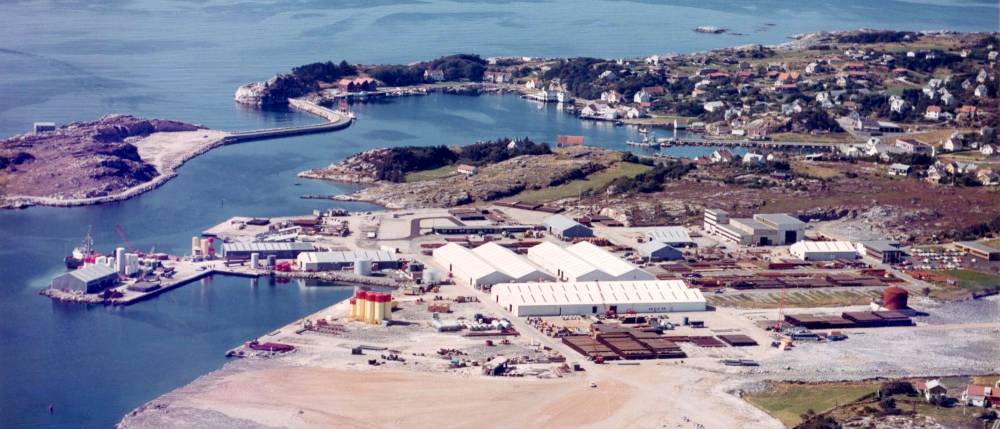
We operated out of a giant building site - the Stavanger North Sea Base

and used the Esso Motor Hotel as our favourite watering hole.
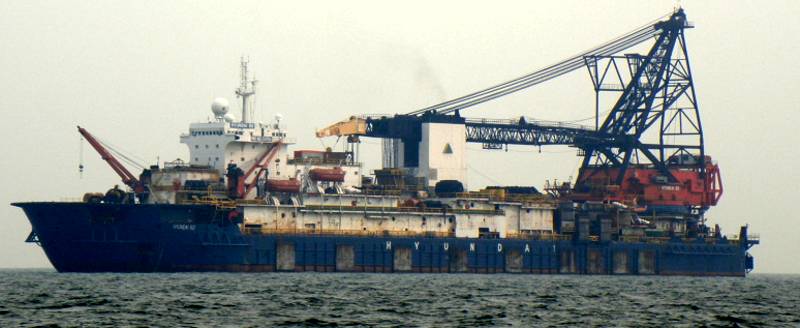
Much of our work was in support of the massive, new, 34,000 ton, 600 ft, crane and pipelaying barge ETPM1601, which was laying a 34 inch gas transportation pipeline, from Frigg to St Fergus, near Peterhead in Scotland.
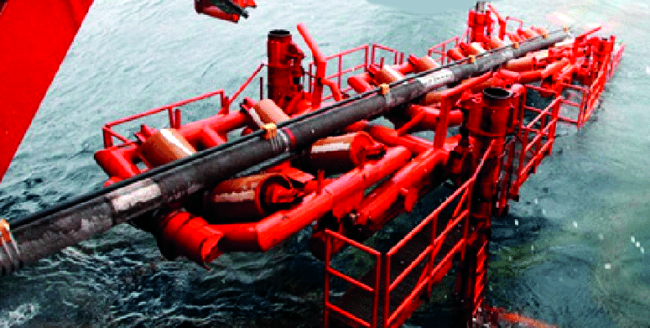
Welded pipe came off the back of the laybarge, via the 'stinger', then down to the seafloor below.
Our job was to monitor the 'touchdown' point, ensuring it was free of obstructions, and, in deeper water, remove flotation tanks that were secured to the pipe with steel wire strops, which supported them in the sag-bend area, prior to touchdown on the seabed.
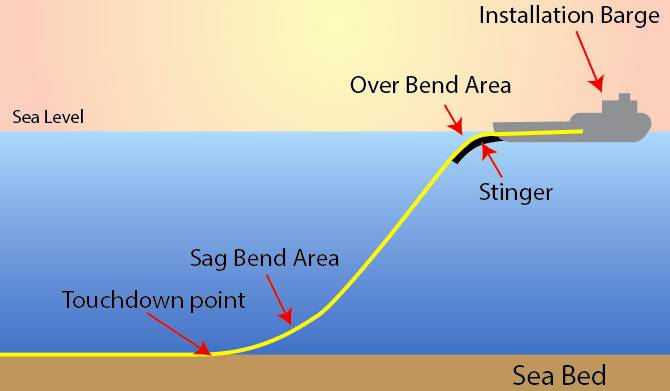
Initially, a single shaped charge was used to cut the steel wire strops, but tjis proved expensive and time consuming. JFD soon found a more economic solution - a cutting disc, driven by flexidrive connected to a thruster motor, and held by the sub's manipulator.
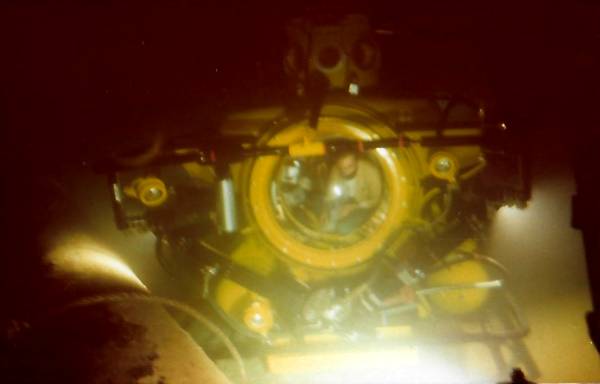
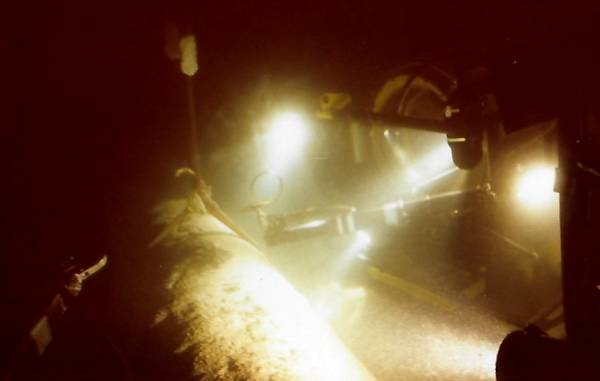
Submarine alongside the pipe, cutting disc deployed......a simple solution - but it worked well!
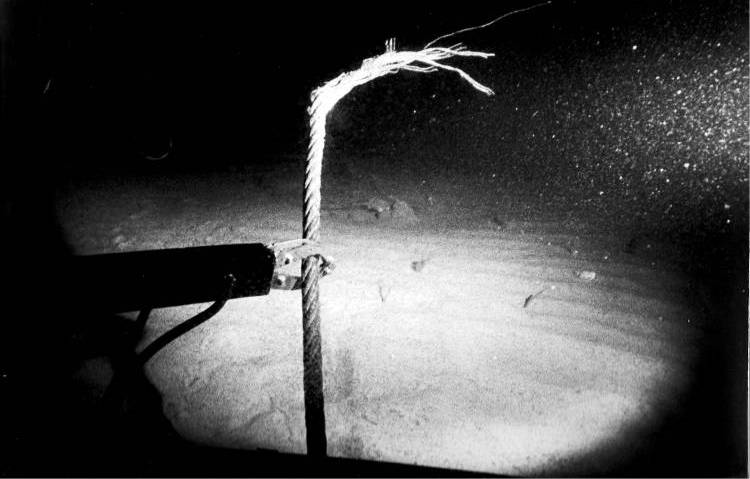

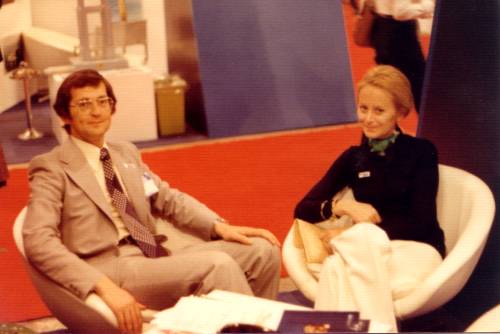
In May 1975 I accompanied JFD and Claudine to the OTC - the Offshore Technology Conference and Exhibition in the Astrodome in Houston, Texas, where our stand, complete with model submarines and underwater photographs created a great deal of interest.
The backdrop to our stand was a a 6 x 4 ft photograph of PC8 and the Elf Flare, which I had to glue to a blank panel with spray-on adhesive, much to the amusement of the scantily clad young ladies on the Halliburton stand opposite, as I endeavoured to move the paper bubbles off to the side! In the centre of our stand, was a much admired glass display case, with model submarines and seabed wellheads and pipelines.

80,000 visitors attended the OTC, with indoor and outdoor exhibits.
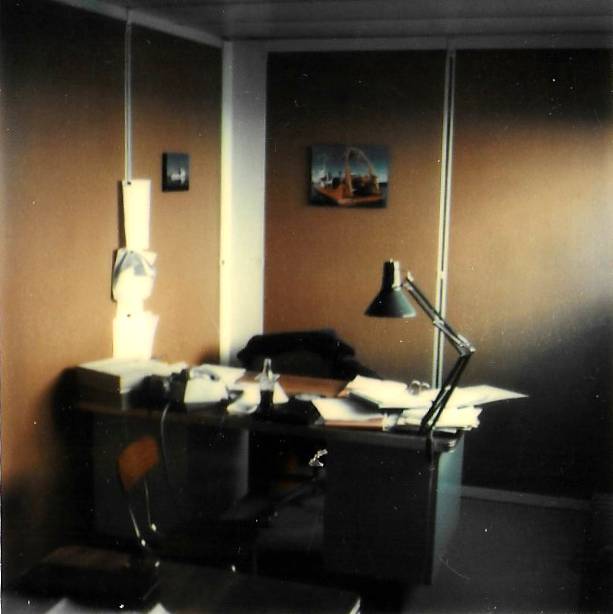
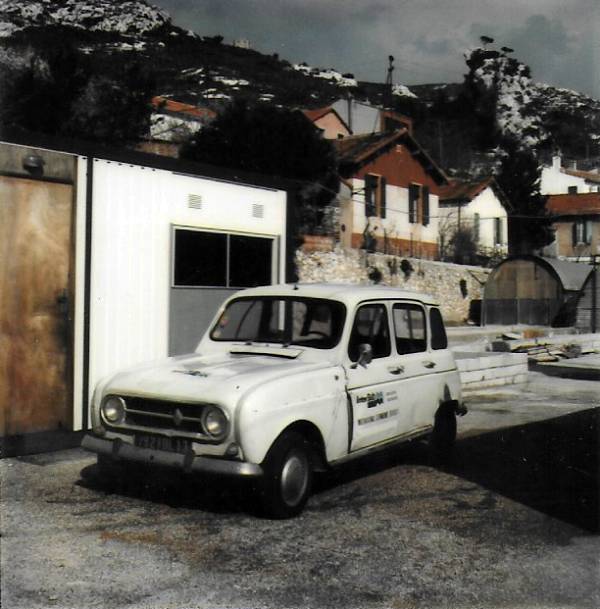
Back at base, I was appointed Operations Manager, with my own office - a Portacabin in the Boss's garden, and a secretary, Janice Wong, an American student from the University of Aixe en Provence.
I also had a company car - a battered Renault 4 with a walking stick gear change, which broke off one morning as I was negotiating the early morning traffic on La Canebiere. With fruit and veg lorries bearing down on me from every directions, horns blaring, I popped the bonnet and manasged to jam the gearbox into second gear - and continued on my way - albeit slowly.......

Gerard Munschy, Janice Wang and Marcel Amrhein
The Winter months were spent producing technical proposals and a variety of brochures, coupled with part-time baby-sitting duties for the Durand family. Initially staying at the Marseille Airport Novotel, I moved to a rented apartment close by the Marseille football stadium, where my crazy landlord, the head groundsman, carried a loaded Beretta 9 mm and insisted in drilling ventilation holes through my bedroom wall whenever my wife came to stay!

Michel Blanc, our resident graphics designer, using Perry engineering drawings, produced this wonderful cutaway of our Diver Lockout Submersible PC1202
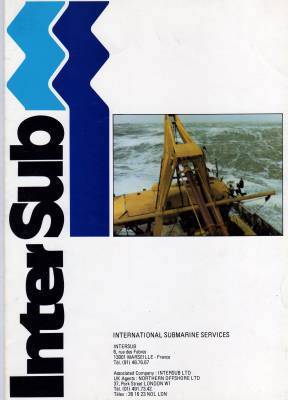
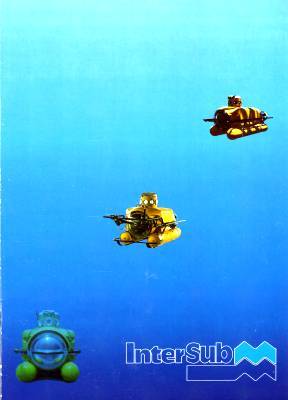
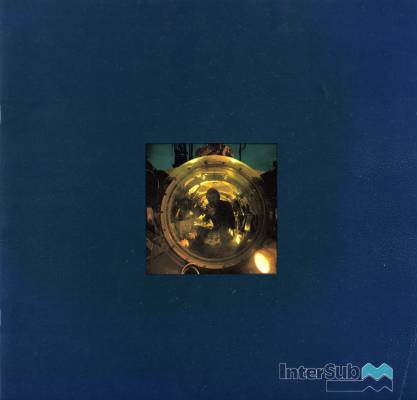
Once the season got underway, communication with the support ships was via Telex, through Norway's Rogaland Radio, a coast radio station in Sola.
Logistics support, crew changes and technical problems were all handled by myself and Marc Henry, the Technical Director.


with the final sanction, naturally, lying with JFD, the Managing Director, who possessed a very fine eye for detail - and a terrific sense of humour.
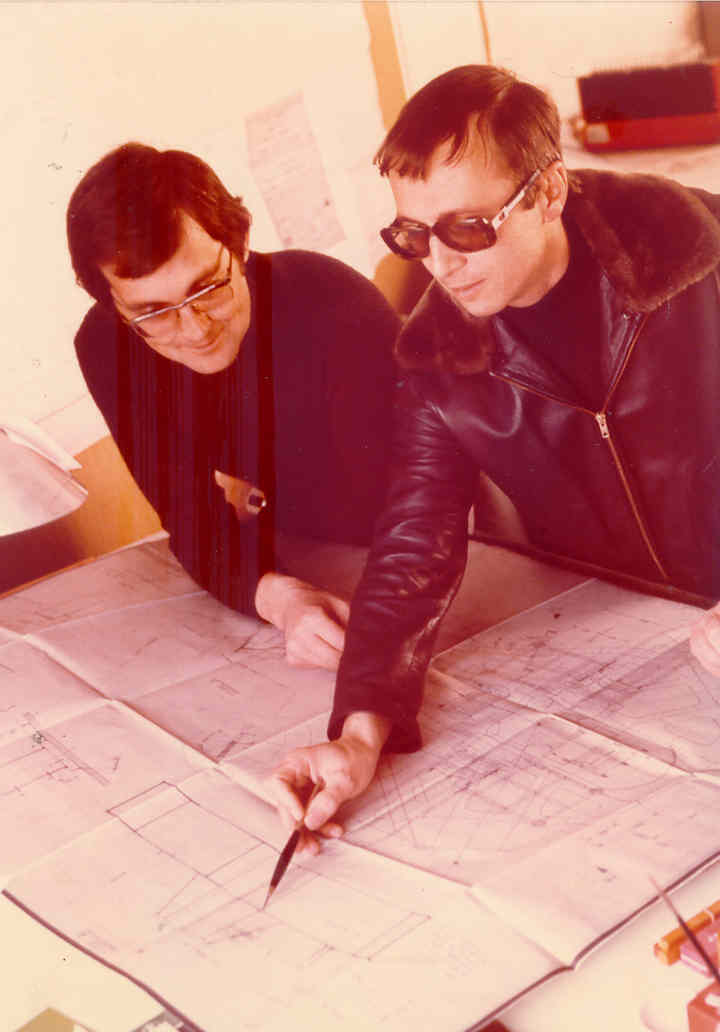

We made a very happy team.......

And the new swimming pool was a great success.......

Child-minding duties were always great fun.
In due course I moved into a detached house, which we nicknamed 'Maison des Anglais, located right next door to the Boss's chateau, and within fifty yards of the office.

Sunday lunch with Kathy
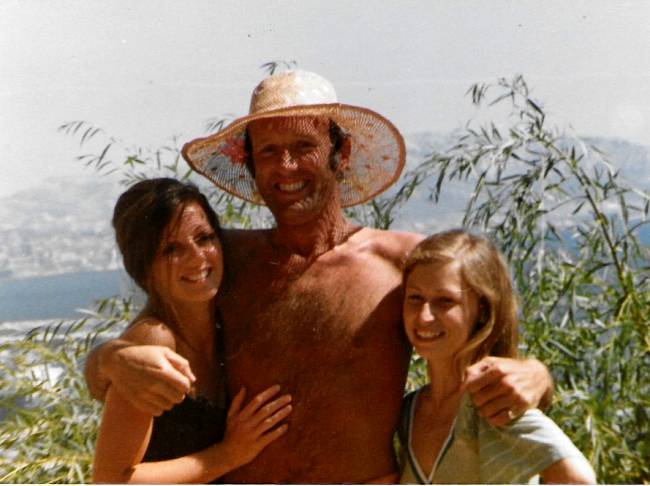
With Kathy and Ann-Marie
Early one Saturday morning I was rudely awoken by a loud banging on the front door - and there stood a truck driver and beyond him an articulated lorry with a large yellow submarine on board. Our new boat, PC16 had arrived from Perry Submarine Builders of Riviera Beach, Florida! The unfortunate driver then had to reverse all the way down to the harbour, where the support ship, InterSub Four, was waiting.........
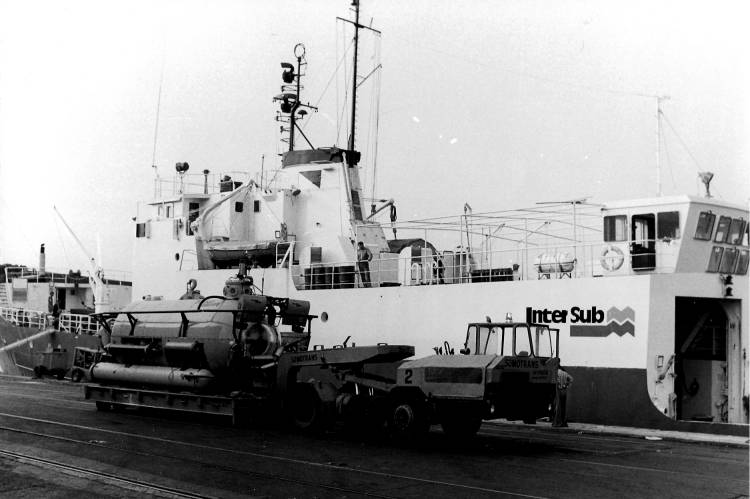
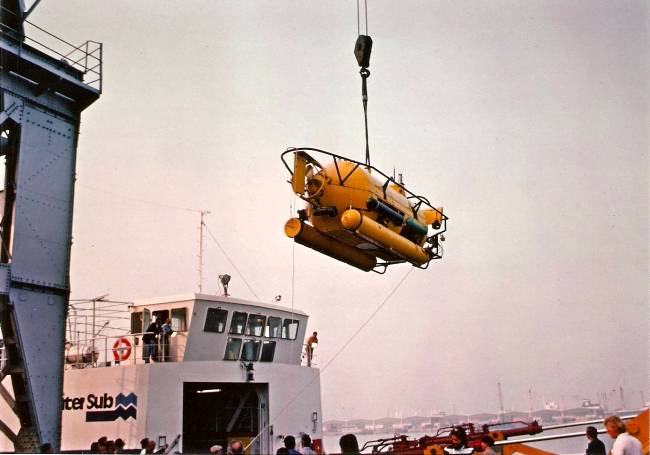
PC16 was destined for the TransMed pipeline project, and in order to compensate for the external equipment she would be using, our first task was to fabricate additional buoyancy - bolt-on pods of syntactic foam - a GRP resin mix containing micro and maxi glass spheres. For days, the heady aroma of GRP resin lingered in the air back at base.
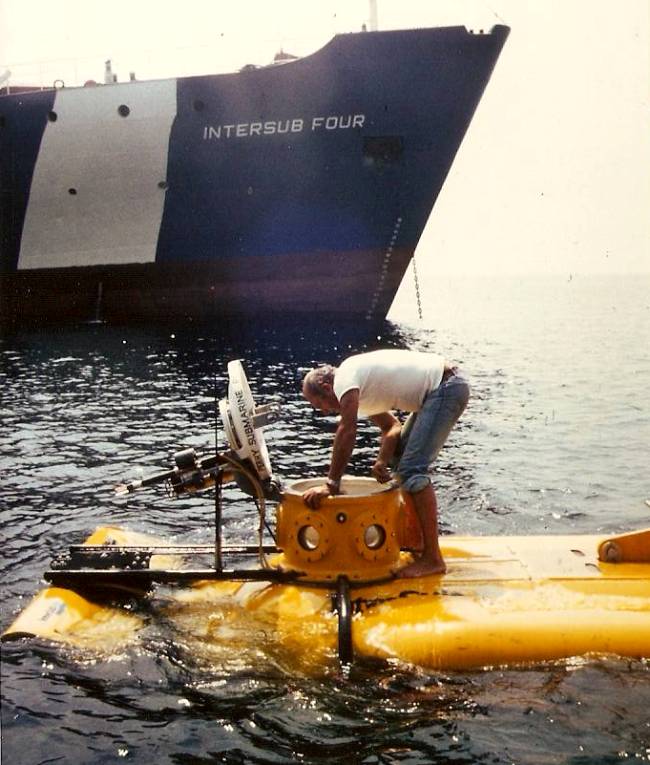
Once the pods were in place, we motored round to Cassis for diving trials, under the supervison of Bernard Lize, InterSub's revered chief pilot. Like several of our senior people, he had cut his teeth with the great Jacques Cousteau.
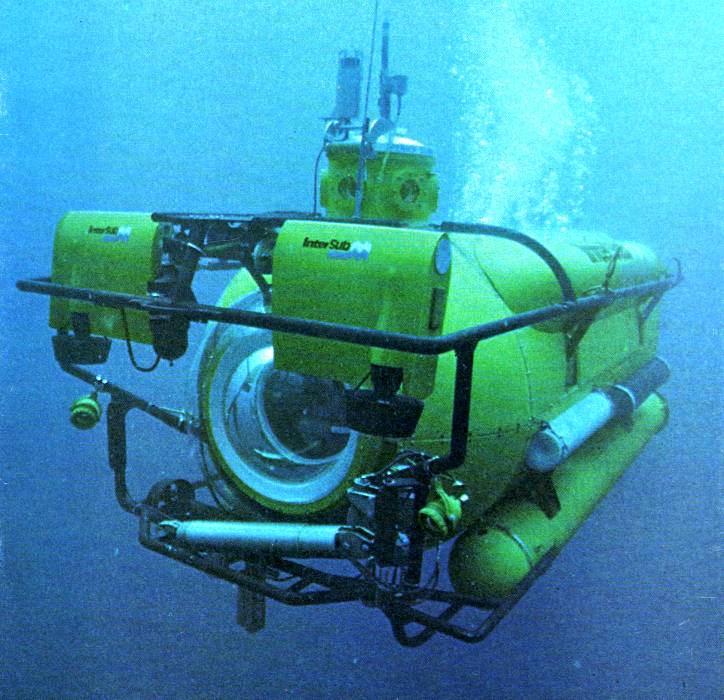
PC16 - Photo Remy Durand.
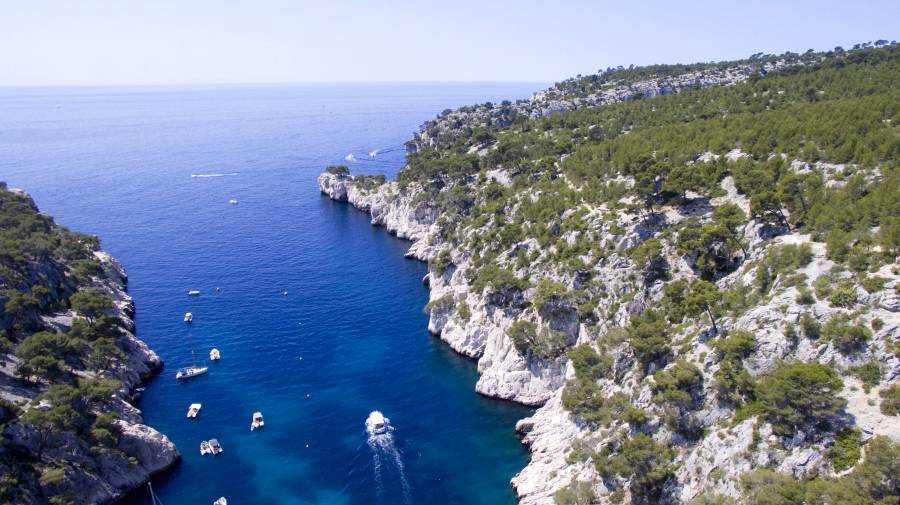
Dive trials off nearby Cassis - watched by girls sunbathing on the rocks.
The TransSans MS; font-style: normal; font-variant-ligatures: normal; font-variant-caps: normal; font-weight: 400; letter-spacing: normal; orphans: 2; text-indent: 0px; text-transform: none; white-space: normal; widows: 2; word-spacing: 0px; -webkit-text-stroke-width: 0px; text-decoration-style: initial; text-decoration-color: initial"> Six weeks later, after being very well looked after by both the InterSub folk and the NHS, I limped my way back to duty and even more cartoons.....
The Robots are coming.......

Kværner was a large Norwegian engineering and construction services company founded in 1853, and based in Oslo.
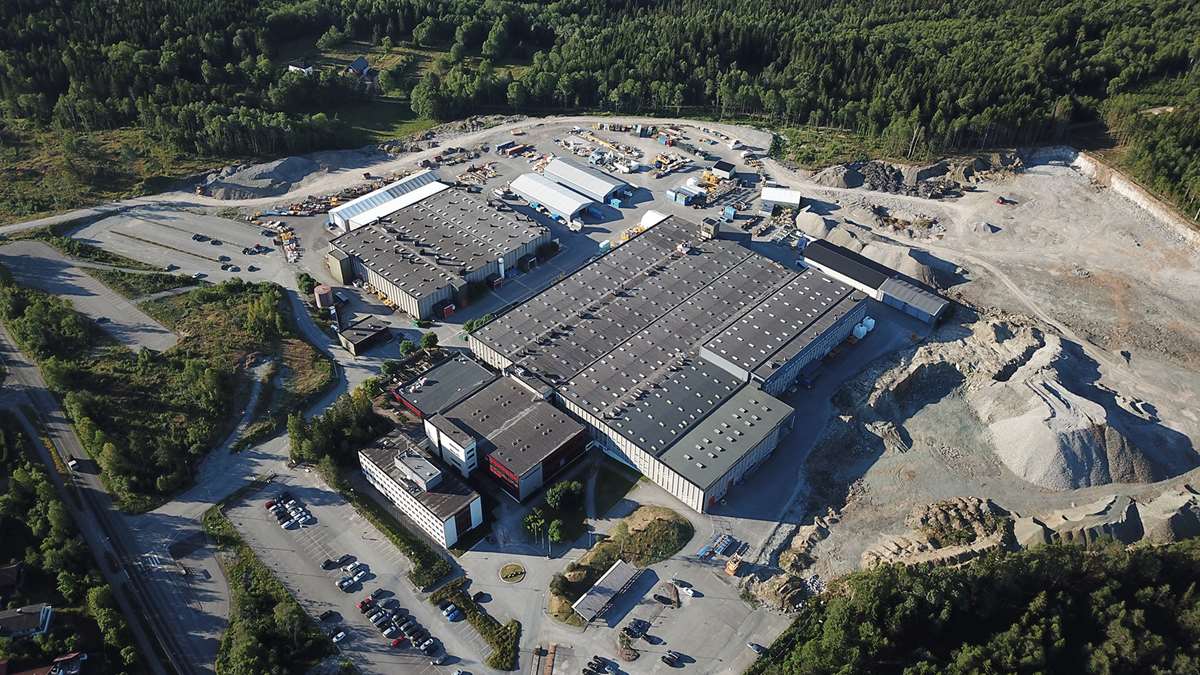
Following the formation of the Kvaerner-InterSub joint-venture, I was appointed Director and General Manager, based at Lier, a 25 minute drive SW of Oslo, and 10 minutes north of Drammen. Having spent over two years in Norway as a child, and a year at Norcontrol of Horten, it was just like coming home.....

My open plan office.....
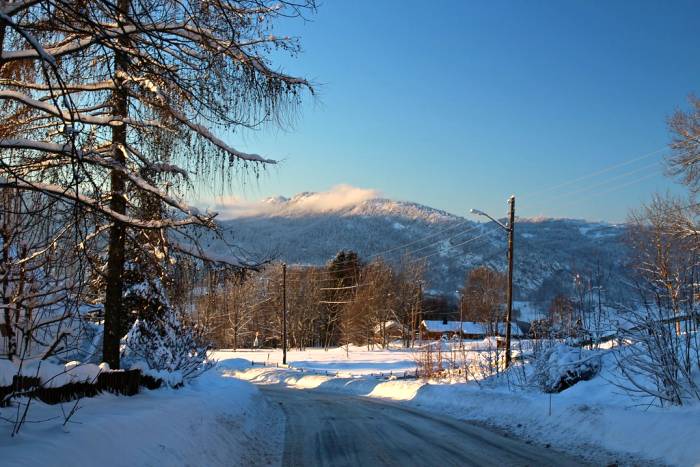
View from my office......

Norway's first operational ROV - Remotely Operated Vehicle - Snurre was built by Myrens Verksted A/S, a divison of Kvaerner Engineering of Oslo, and the Continental Shelf Institute (IKU), Norway. It had four electro-hydraulically powered thrusters and one manipulator and had been in operation since 1974, on a variety of missions ranging from detailed surveying to search and recovery of debris.
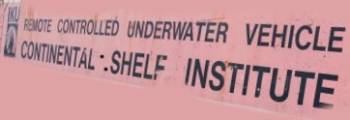
By 1978 Snurre had become a national treasure - Norway's very own ROV - Remotely Operated Vehicle. Loosely translated from the Norwegian, Snurre means 'spin' or 'roundabout'- as in a funfair. The name was given on account of the vehicle's ability to rotate on its umbilical.

A design group was formed at the Continental Shelf Institute in Bergen, looking at umbilical design and ergonomics.
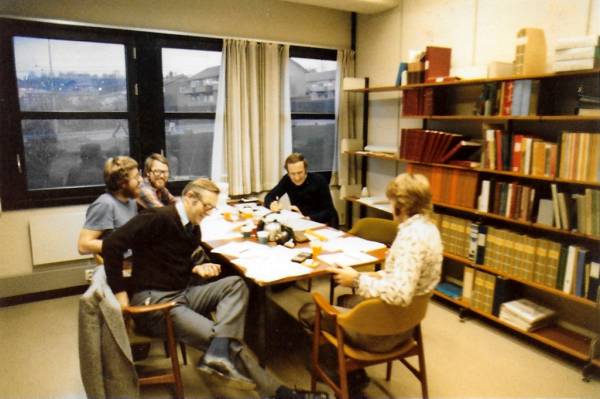
We met fortnightly and eventually selected an F111 joystick man-machine-interface - and a hydrodynamically faired umbilical, rather than Snurre's original round cable - and as a result Snurre 2 evolved. Needless to say, Kvaerner endeavoured selling it to InterSub - but JFD was hearing none of it, and true to his passion for manned submarines, he strongly resisted any transition to unmanned submersibles.
The last time I was with JFD was at the 1978 Kvaerner InterSub board meeting in Oslo; he was by no means his cheerful, optimistic, affable self; he looked worn out - under a great deal of stress - and travelling too much. I told him I was concerned: he told me he was immortal - but fate was shortly to intervene - and in the most devastating manner imaginable.
I was at home, in Hertfordshire, on weekend leave from Oslo - Kathy and I had our first baby son, Timothy, and I was allowed an SAS flight home every three weeks. I had recruited and appointed Knut Larsen, a Norwegian offshore engineer, as General Manager and he was in Marseille for a week, getting to know the people and the equipment.
I was watching a rugby match on TV when the telephone rang. I took the call in the hall and my knees buckled as the tragedy unfolded. Kathy poured me a large brandy and I sobbed as the awful news slowly sank in.
"It was one of those points in life, which we all experience at some time or other, when we know that nothing will quite be the same again. I still think about it today, wondering about the years I have enjoyed, since the moment I received the call from Marseille, with the awful news that they had gone. I wonder what JFD, Marc and Jean-Jacques might have gone on to achieve. But their abiding legacy is their beautiful children, and for us, the privilege of having known them."
The next morning I caught the first flight to Marseille. A blanket of misery had descended over InterSub. The normally lively, happy team were inconsolable in their grief. Children had lost their fathers, wives their husbands, and the close-knit, wonderful people of InterSub, had lost their trusted friends and senior management.
Their plane had gone down at Milan, after an engine caught fire. It was a twin-Cessna, supplied by the firm that maintained our Learjet. Marc had called to say the engine was leaking fuel and the ground crew were working on it.......
Maurice Pinto, the chairman of InterSub and Northern Offshore Limited, InterSub's parent company, arrived and a board meeting was convened. A few months before his death, JFD had hired a personal assistant, formerly the second in command of a French nuclear submarine. He told us that he felt close to JFD, and understood better than anyone, what he had planned for the company - and so he was appointed managing director.
_frontal.jpg)
We flew the bodies home from Milan in a DC3 and buried our friends with a full Catholic mass.
As the service was drawing to a close in the great cathedral of Sainte-Marie-Majeure de Marseille, I watched as a shaft of pure sunlight, unaffected by the stained glass windows, bathed Claudine Durand's beautiful face in an aura of serenity. She alone, with her kindness and calm, had held us all together in those tragic, harrowing days.

InterSub was destined never to be the same again....
As the technology rapidly evolved, the underwater industry was moving away from saturation divers and manned submersibles - and InterSub had just invested in two new Perry PC18 diver lockout submersibles, which together with the PC1202, urgently needed lucrative contracts to justify the enormous overheads.
The company was 'highly geared' - Bank interest charges were not cheap, and every ship and submarine was costing millions. Coupled with that, the company had expanded its Marseille base, with purpose-built workshops and impressive offices. With the untimely death of its founder, Technical Director and Commercial Director, the days of make-do and mend, and Portacabins had gone - and in their place, more submarines, more staff and massive overheads.
Poor management coupled with flawed decision-making proved an important component in the downfall of InterSub.
The company failed to recognise that new technological developments meant that the manned submersible market, with its high cost base, was unlikely to survive for much longer.......
The cost-saving and safety advantages of the ROV and its great potential for technical advances were not accepted by senior management as a serious threat to manned submersibles, with grave consequences.
The arrival of DP - Dynamically Positioned - diving support vessels deploying their saturation divers from ‘state of the art’ bells showed them to be
more cost-effective than diver ‘lock-out’.
InterSub found itself committed to substantial investment in two new Perry PC 18 Diver Lockout Submersibles, with little prospect of being able to trade out of a misjudged investment. Meanwhile, there was too little investment in other areas, such as survey equipment.
Over-enthusiastic marketing and poor management were important components in the demise of InterSub.
However, they were not alone.....
The company's single major competitor in the field of manned submersibles, Britain's VOL - Vickers Oceanics Limited, formerly advised its major sponsor, the UK Government, in April 1978, that it was quitting the offshore business.
With the loss of its inspirational managing director, technical director and commercial director, a month later, InterSub's demise was probably already predictable.
VOL had been operating from bases in Barrow and Leith, with five Pisces observation submersibles, the diver lockout and dry-transfer
submersibleTaurus, built in Canada by International Hydrodynamics of Vancouver, a company initially supported by Vickers itself, together with four
L-Class diver lockout submersibles, and five Britishflagged and crewed support ships - Vickers Venturer. Viscount, Voyager, Vanguard and Viking. VOL was also in the process of co-operating with Oceaneering International of the USA – in developing a ‘diver lock-out’ service based on a fifth submersible under construction by Perry in the USA.
Meanwhile, a new company, British Underwater Engineering Limited (BUE), was formed to acquire most of the remaining activities of Vickers Oceanics, BUE's initial owners were the National Enterprise Board (89%), Brown & Root (10%) and Wharton Williams Diving (1%). The initial capital of BUE was £6 million, with an undertaking that this would be doubled as expansion opportunities became available.
 Some InterSub
History
Some InterSub
History

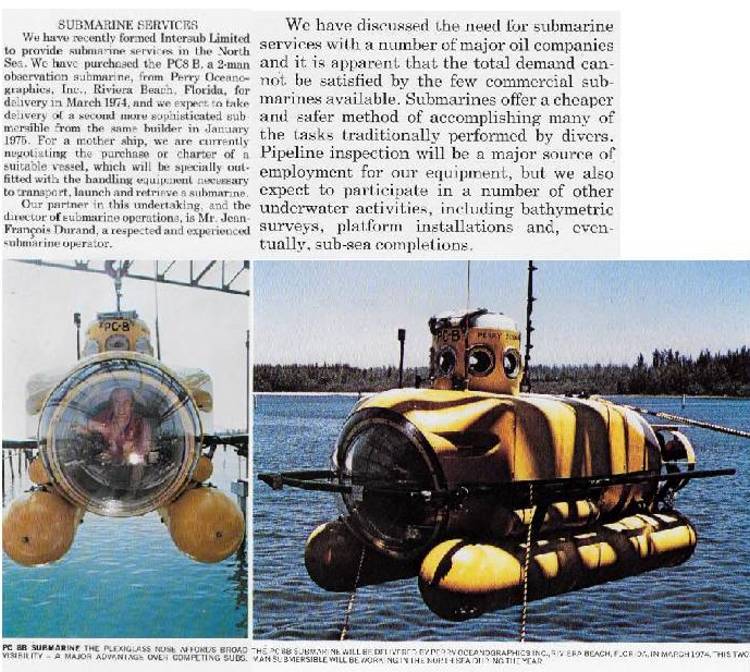
Norhern Offshore Ltd Annual Report 1973
Founded in 1973, InterSub managed and operated a fleet of manned submersibles, worldwide.
InterSub was a joint-venture between Mr Maurice E Pinto's Northern Offshore Limited and Monsieur Jean-Francois Durand.
The company was was set up to operate submersibles in the North Sea and the original idea was to combine the shipowning capability of Northern Offshore Ltd, with the many years experience in the submarine business of M.Durand. New operations pioneered by InterSub in the North Sea included: topographical investigations of gravity platform sites, bathymetric surveys, well head and pipeline inspection, non-destructive testing and underwater photography.

In the beginning.....
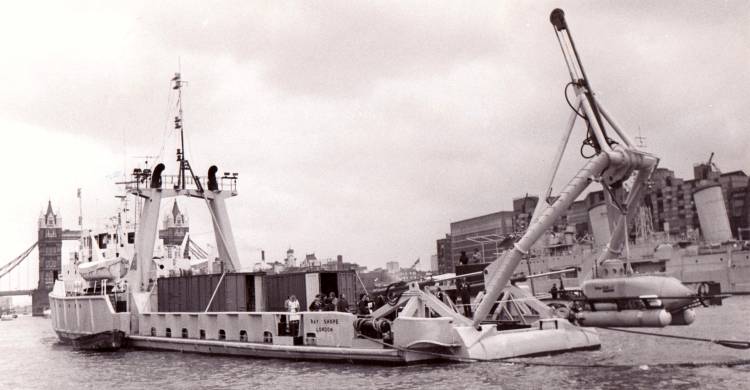
MV Bay Shore and the Observation Submarine PC8B in The Pool of London in 1973....
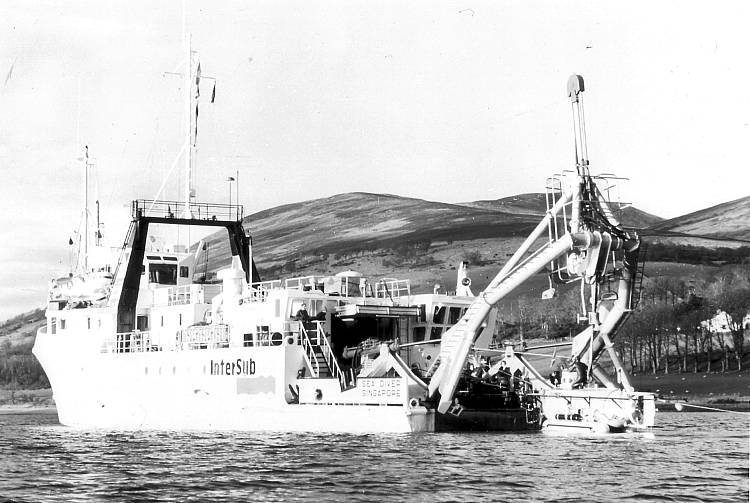
MV Sea Diver and the Diver Lockout Submarine PC 1202, off Stavanger in 1974
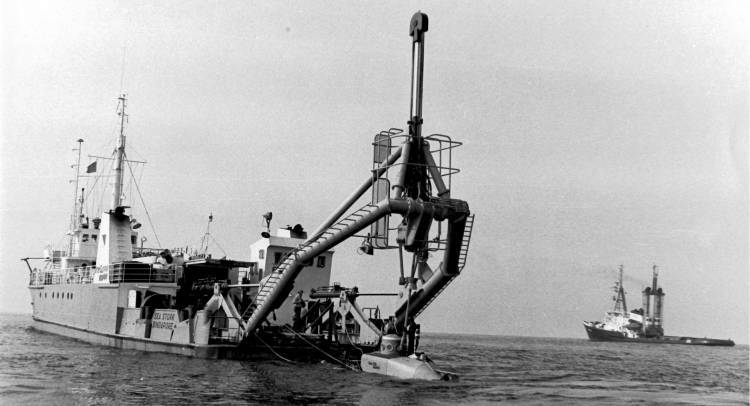
MV Sea Stork and PC 8B

Later, Sea Stork was renamed InterSub One and Sea Diver, InterSub Two......

Launch and recovery was achieved by hydraulic A-Frame, using a tow-rope, a parachute drogue astern of the submarine, and port and starboard 'tugger' winches.
The ship was conned from aft, motoring at slow speed on an omni-directional GillJet thruster, we were contractually bound to launch and recover up to sea state six......

The larger diver lockout submarine PC1202 on board InterSub Three in 1976

Le Nadir and PC1201

PC 8B
InterSub's operational teams included pilots, engineers and technicians of many nationalities.
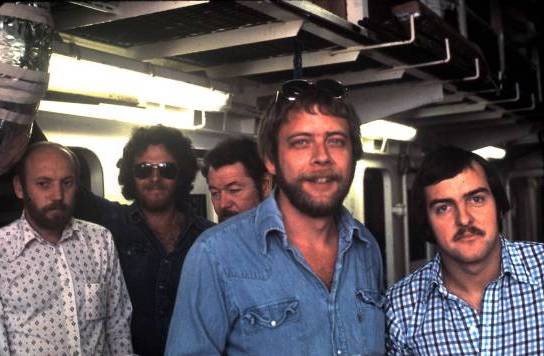
Vance Bradley USA - and Middle East team - InterSub One

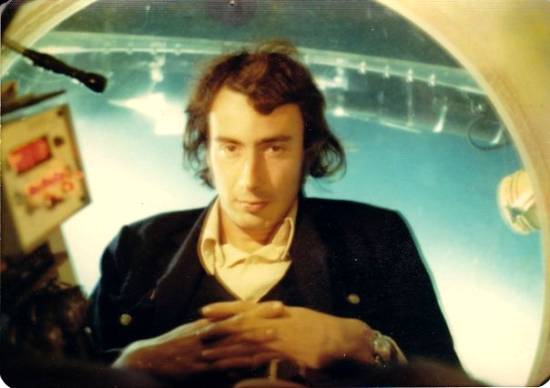
George Bezak USA and Dick Winchester UK
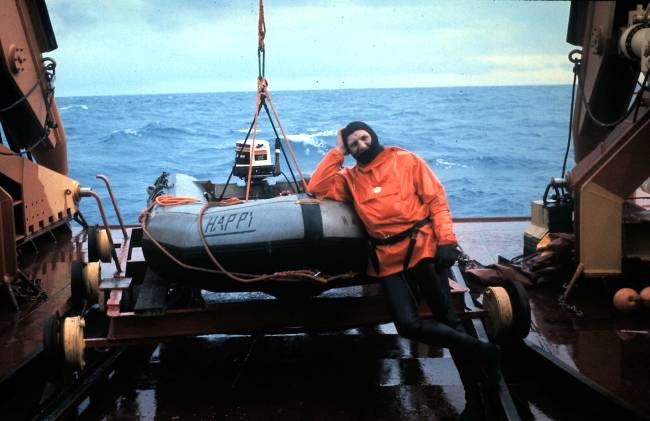
The Gallic charm of the French, mixed well with Englishmen - like the legendary Harry Bates, our oldest employee, who was captured by the Japanese after the fall of Singapore, made to work on the Burma Railway, was torpedoed twice on the way to a POW camp in Japan, and saw the flash in the sky of the Hiroshima atomic bomb.
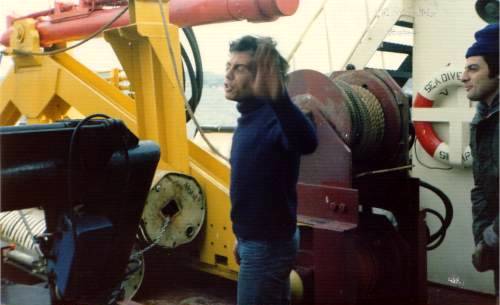
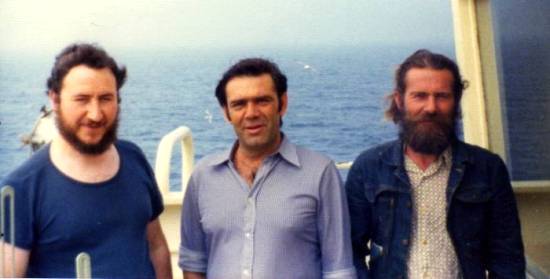
Pierre and team aboard Nadir
Capabilities of the teams ranged from the operation of the submersibles in all their aspects, to the design and operation of sophisticated electronic equipment.

InterSub was equipped exclusively with Perry submersibles. Built at Riviera Beach, Miami, Florida,
their simple and rugged nature made them ideal for the tough conditions of the North Sea.

The mighty diver lockout submersible PC1202

And the advanced dry-transfer submersible PC1601

Published in March 1980 and featuring
Tony Miller, "Mission Commander" and Ted Jaynes, "Observer".
Keep in touch - please sign the guestbook!
And be sure to visit Christophe Durand's superb media archives!
https://www.intersub.services/
This website owned, designed and maintained by Nick Messinger

Updated: 12-08-2020